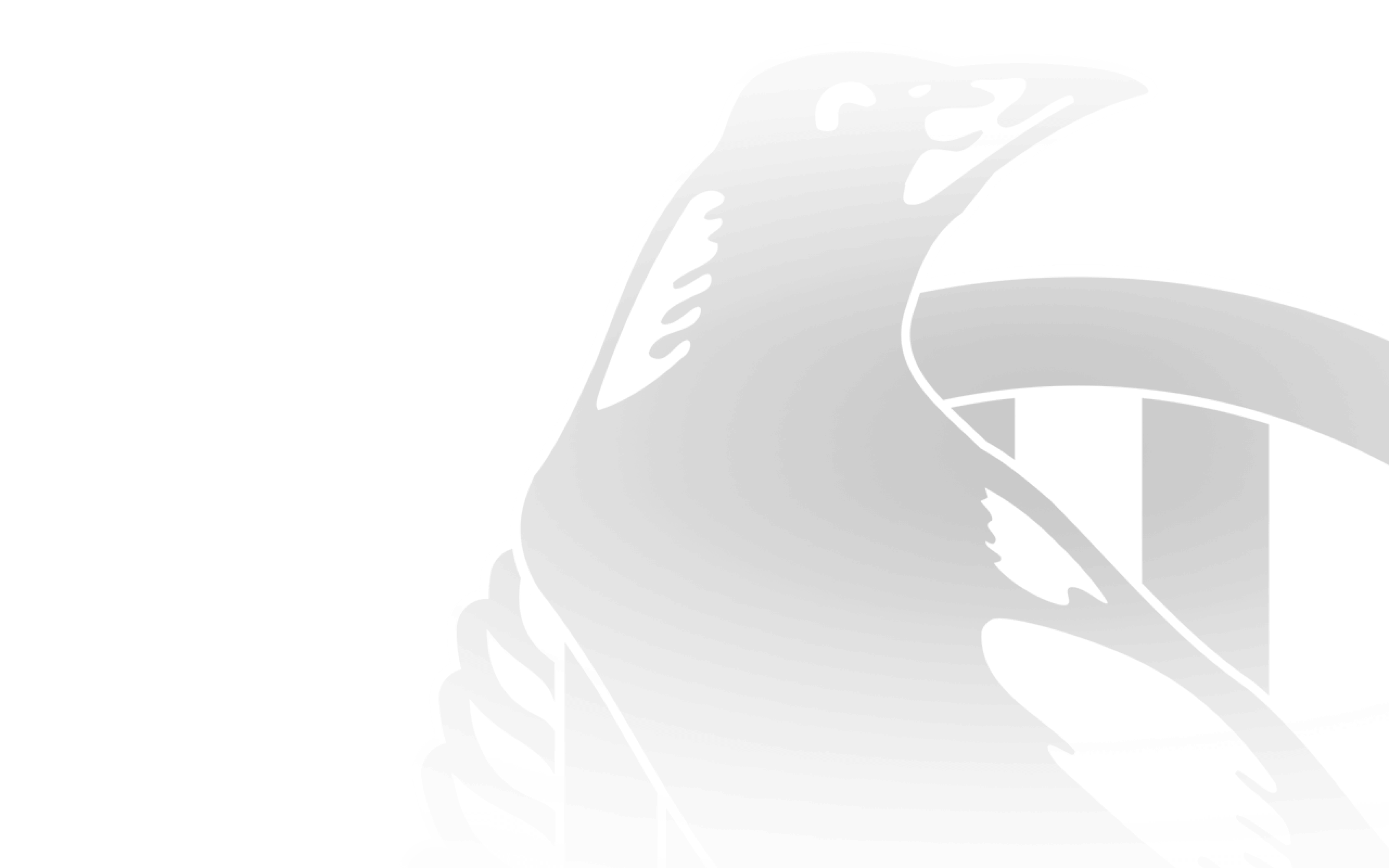Not just a club: The suburb of Collingwood
To mark the club's 120th birthday, collingwoodfc.com.au looks back to the town where it all began.
To mark the occasion, collingwoodfc.com.au will turn the spotlight on the key moments and figures that influenced the birth of the Magpies.
The first feature is on the town of Collingwood itself, from which the club was born back in 1892.
Collingwood has always had a reputation as a suburb rich in character and history.
Wind the clock back to the 1800s, however, and the people of Melbourne would not have spoken about it with any fondness at all.
Click here for more on the history of the Collingwood Football Club.
The town of Collingwood was behind the eight ball from the outset. Originally known as Newtown, the area became known as Collingwood in 1842. It was named by after Cuthbert Collingwood, who was a partner with Lord Nelson in a number of British victories in the Napoleonic Wars.
Located at the bottom of a slope at starts from Wellington St, Collingwood is based on flat, level land as it stretches towards the Yarra River.
The result of this was the collection of drainage from higher areas such as Carlton and Fitzroy further to the west. The drainage would build up in Collingwood, meaning it seeped into the houses in the area. According to Collingwood historian Richard Stremski in Kill for Collingwood (1986), it was said that Collingwood was considered to have been “crippled from birth”.
That the area was so undesirable (and not to mention cheap) meant that Collingwood was the home to mostly the impoverished. Subdivision and land sale began in 1838, and by 1855 the town’s population had reached 9000.
By the 1860s and 1870s, Collingwood had quickly become an area for noxious industries, including breweries, factories and a flower mill, which added to the bad odour within the area. This only added to Collingwood’s reputation as an area deserving of ridicule, especially considering the higher quality of living experienced by its neighbours such as Fitzroy, Carlton and Richmond.
The Collingwood Town Hall, one of the suburb's major landmarks, was built on Hoddle St between 1885 and 1890, and hosted the first committee meeting of the Collingwood Football Club. The Collingwood Railway Station was opened in October 1901, and underwent a redevelopment in the mid 1980s.
Several of Collingwood’s rivalries can be traced back to the ill feeling between the town and its neighbours. The feeling between the club’s earliest rival, Fitzroy, and the people of Collingwood was illustrated by the infamous fights between Collingwood and Fitzroy supporters in Smith St on the night prior to a match between the two sides.
Smith St, the boundary between the two suburbs, had become an area that both suburbs were to share after the people of Collingwood sought to revoke an agreement that saw Fitzroy maintain the street. In 1887, the two suburbs were officially split by Smith St, and were to take care of their own side of the street. It became what Stremski termed “the pride of Collingwood”.
The suburb was home to a football team, Britannia, which also had strong links to Fitzroy but played out of Victoria Park prior to disbanding in 1892, paving the way for Collingwood to enter a team in its own right. Having a football team of its own meant that Collingwood residents, despite their low socio-economic status, were able to feel equal to their neighbouring towns. That the people of Collingwood supported their club with such enthusiasm highlighted the pride their team was able to provide them. Without knowing it, they acted as the foundation for the powerful and ubiquitous Magpie Army.
While much has changed in the 120 years since, such as the demographics, shops and population, not to mention to move of its football club from its 114-year base to Swan St in 2004, the suburb of Collingwood remains synonymous with its famous football club.
The Collingwood Football Club put the suburb that produced club legends such as the Albert and Harry Collier on the map, and continues to have a strong presence within the area.
The club launched the Collingwood Football Club Foundation in 2011, which is working towards creating a new major Community Centre at Victoria Park.
And even during the 2010 Grand Final celebrations, the City of Yarra Council decked the front of the Collingwood Town Hall in black and white while Magpie fans who returned to the club’s roots to commemorate their 15th premiership packed the suburb’s various watering holes.
The information compiled for this article was sourced from "Kill for Collingwood" by Richard Stremski (Allen & Unwin, 1986).


